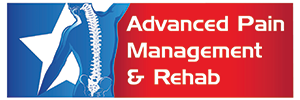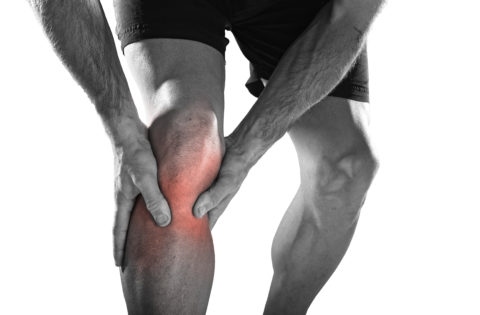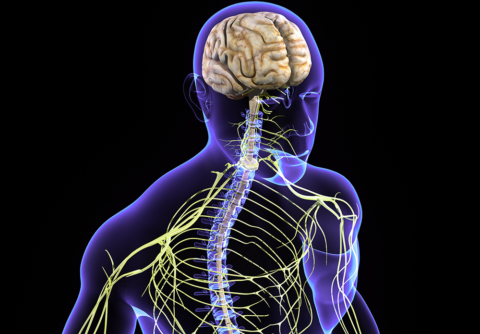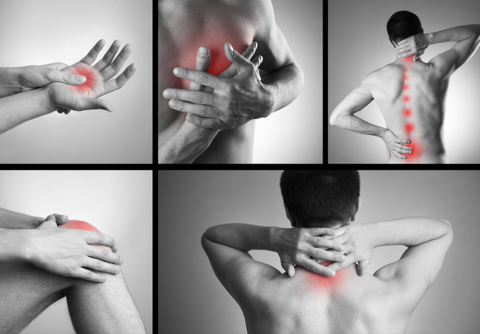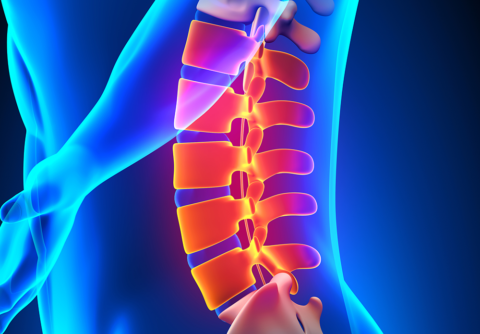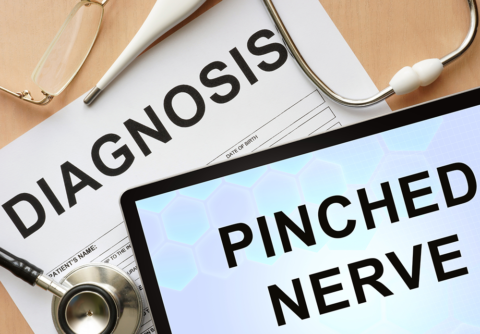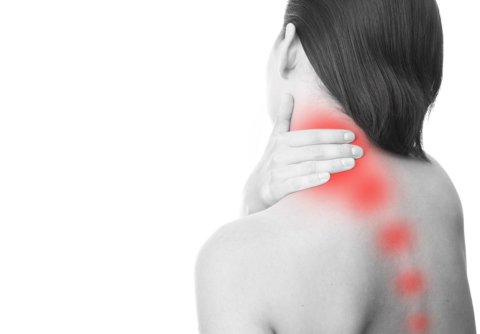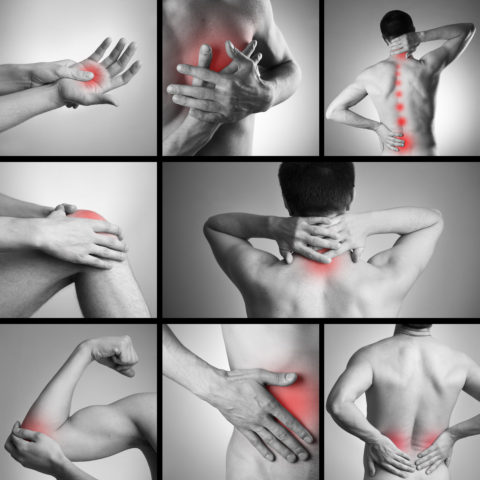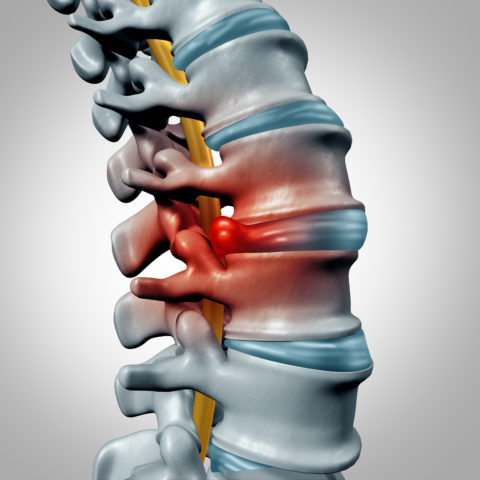Lumbar Radiculopathy is a result of the nerve root being pinched or compressed by a disc bulges or herniations (slipped disc or ruptured disc), bone spurs, canal narrowing (spinal stenosis) or in rare instances mass effect from another causes (cysts, tumors, or infections). Irritated or compression of the nerve root results in swelling, inflamed and potential damage to the nerve root. When this occurs individuals will develop symptoms of pain, numbness and/or weakness in the area which the nerve root supplies. Generally the symptoms extend down to the leg and can extend into the foot. The characteristic of the pain is most often a burning and radiating pain. Tingling or frank numbness may be experienced in the leg with or without the pain.
In order to diagnose lumbar radiculopathy appropriately, a complete history and physical exam along with diagnostic tests may be preformed. Diagnostic tests may include imaging studies (x-ray, CT, MRI), diagnostic injections (selective nerve root blocks, discograms), and Electrodiagnositic Studies (EMG/NCS).
